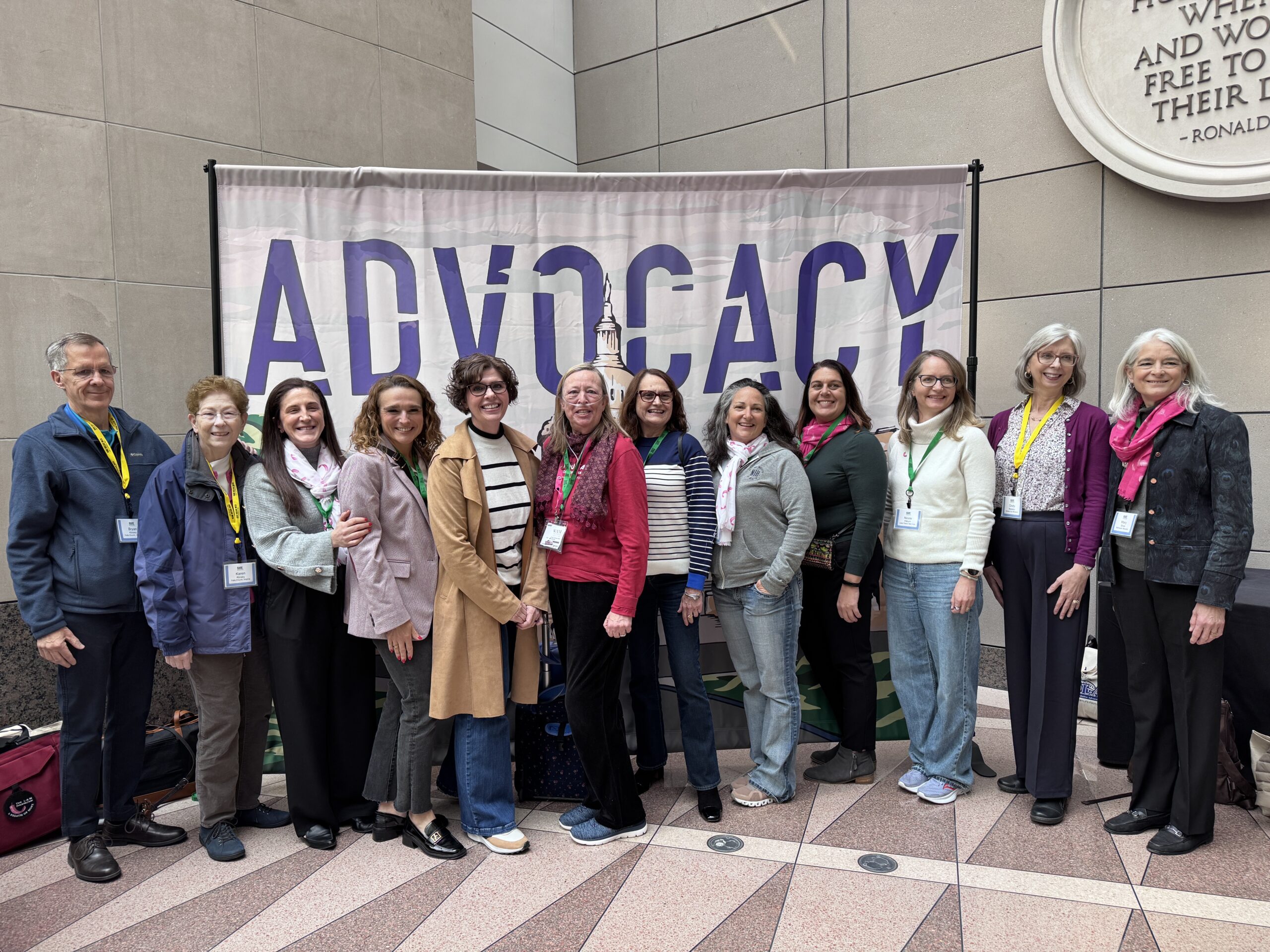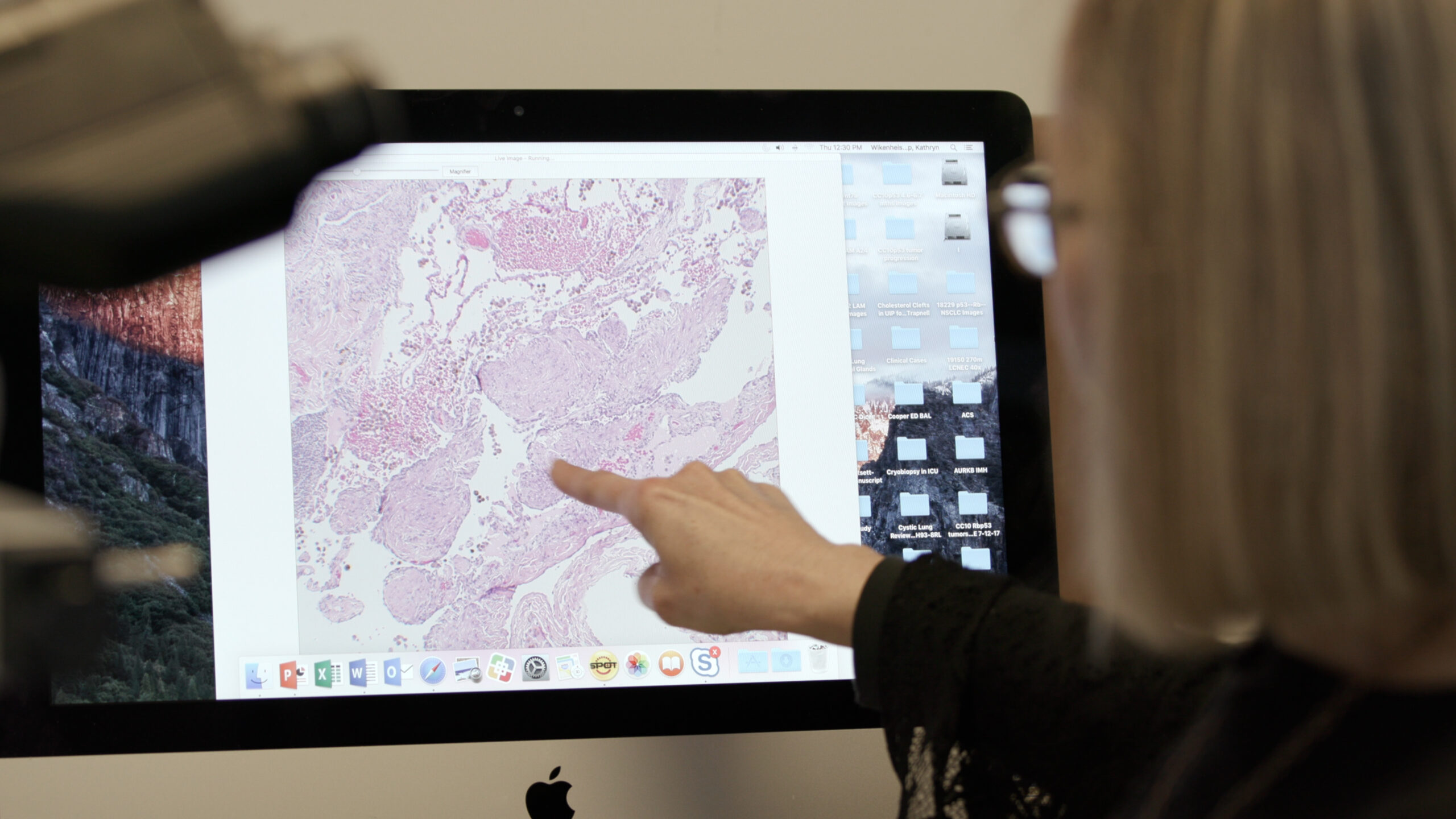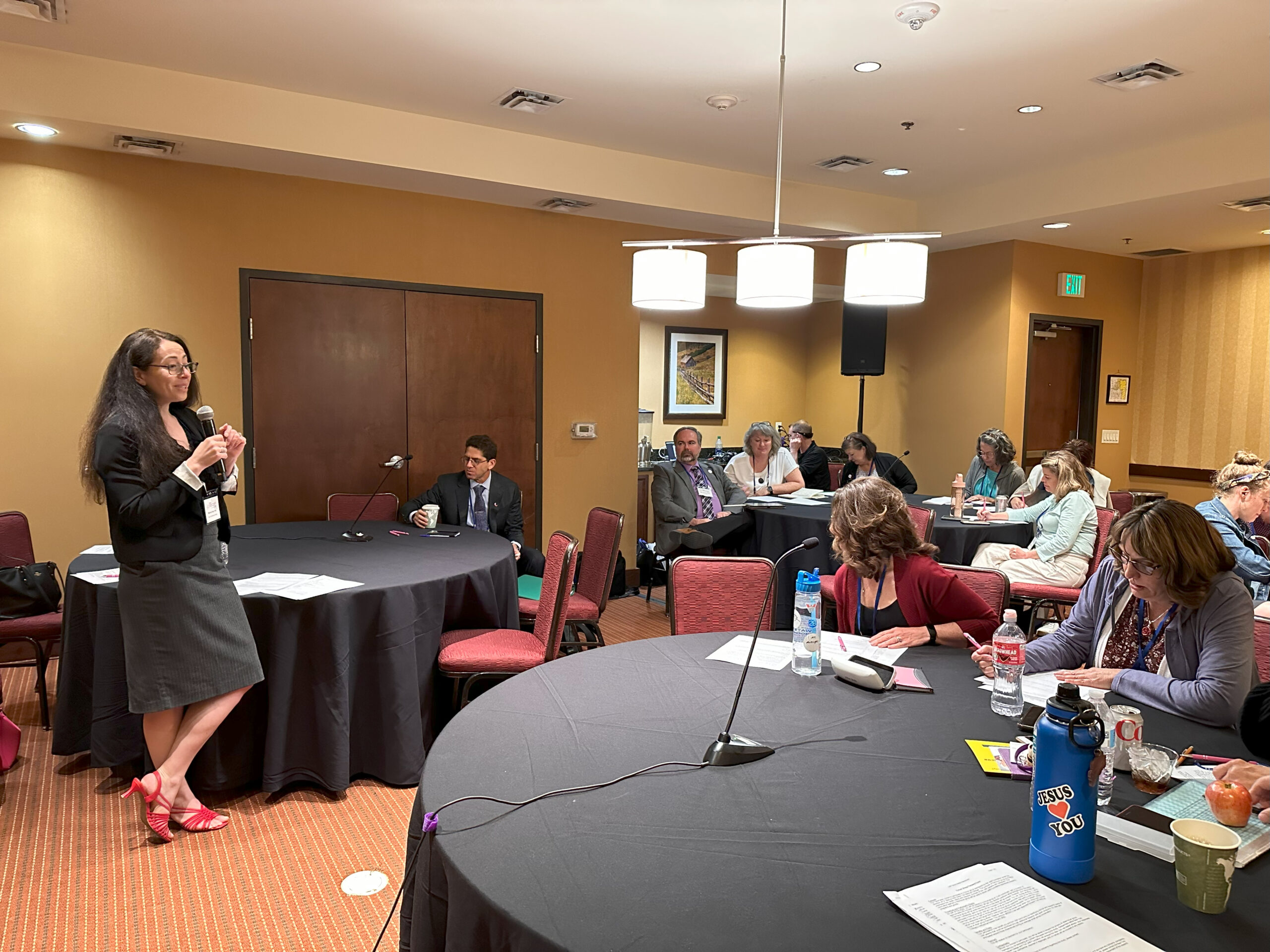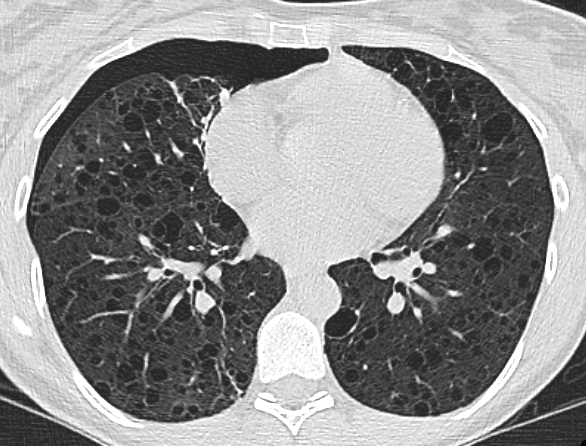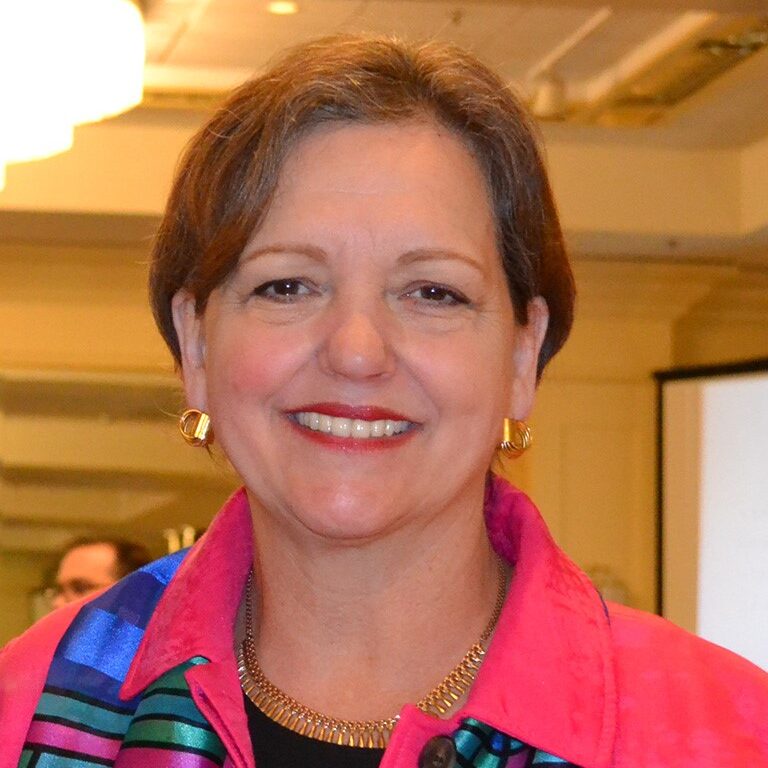RECAP: Rare Disease Week on Capitol Hill
More than 800 members of the rare disease community, including 12 passionate individuals living with LAM and their families, teamed up for Rare Disease Week
FAA Changes to Lithium Batteries in Portable Oxygen Concentrators
The FAA has implemented a rule change regarding lithium batteries in portable oxygen concentrators (POCs), limiting the watt-hour rating of batteries to 160 Wh, with
Researchers Identify Compound that Could Block LAM Cell Growth
Mutations in the TSC (tuberous sclerosis complex) genes cause the overactivation of a growth pathway called mTORC1 in lung cells, leading to a disease called
Study: Potential New Avenue for Treating LAM
The loss of the TSC2 gene, either inherited or sporadic, can lead to pulmonary lymphangioleiomyomatosis (LAM), a rare lung disease characterized by cystic growths caused
LAM Patient Research and Priorities Survey Provides Key Insights
We are pleased to inform you that the LAM Patient Research Priorities Survey (LAM-PREP), led by Dr. Marina Holz, has been a success. While Dr.
LAM Patients Advocate for Supplemental Oxygen Access Reform During Rare Across America
From August 5-16, LAM patients: Beth Daugherity, Ali DeChristopher, Steph Dreyer, Sarah Poitras, Mary Stojic, Abigail Passeri, Ally Venugopal, Elizabeth Zampino, and Cindy Beasley were
CpG-ODN as novel LAM immunotherapy
Lymphangioleiomyomatosis (LAM) is a rare but serious lung disease mostly affecting women of reproductive age. LAM leads to lung damage through the formation of cysts.
Advocating for Women in Rare Diseases: LAM Foundation’s Call to the FDA Innovation Hub
The LAM Foundation recently issued recommendations for the FDA’s Rare Disease Innovation Hub, urging it to prioritize the unique needs of women affected by rare
Assessing Unsupervised Exercise in Interstitial Lung Disease
Patients with interstitial lung diseases (ILDs), including lymphangioleiomyomatosis (LAM), have unique risks for adverse health events during exercise training outside of a medically supervised setting.
New Automated Method to Segment and Measure Lymphangioleiomyomatosis Lung Cysts in CT Images
This study addresses the cystic lung destruction in Lymphangioleiomyomatosis (LAM). Because LAM may progress over many years, doctors may use pulmonary function tests, exercise tests,
I Am a LAM Patient and Oxygen Advocate. Here’s Why Congress Needs to Pass the SOAR Bill.
Bev Jackson is one of the leading LAM community advocates for passing SOAR (Supplemental Oxygen Access Reform) legislation. Her interview has been edited for length
A Note From Pat Gentile
Greetings! How lucky am I that I get to work with the LAM community again?! Throughout my long professional career, I have never encountered a more

